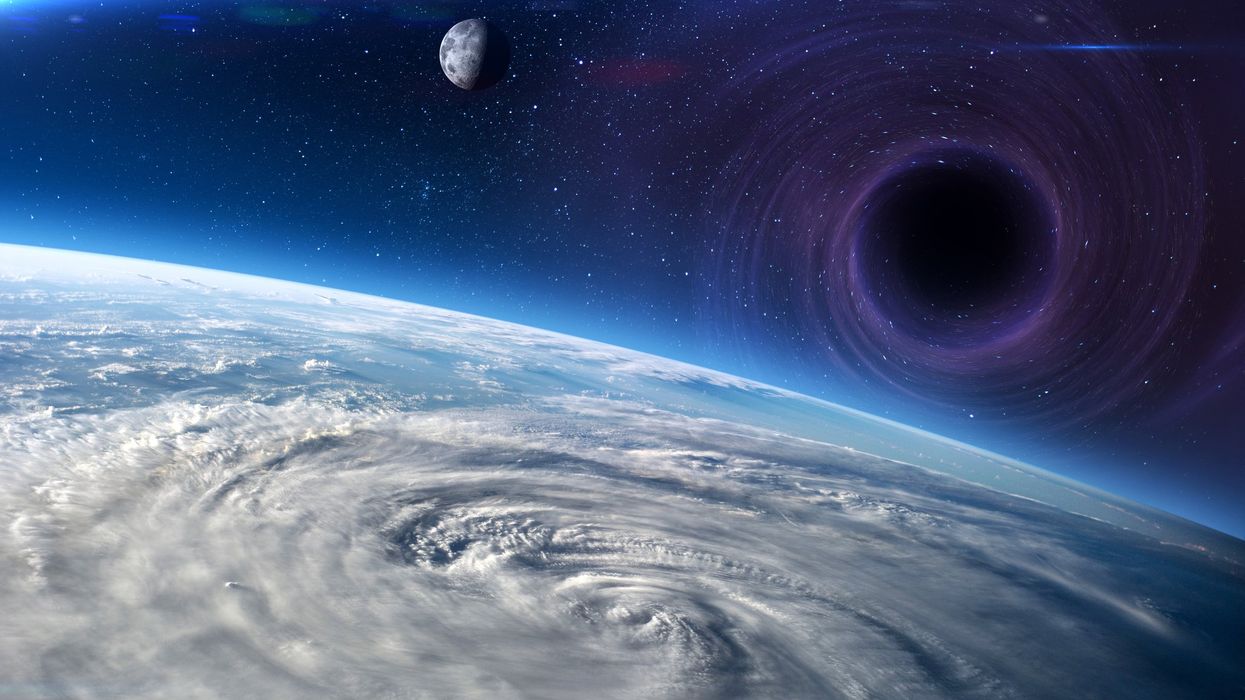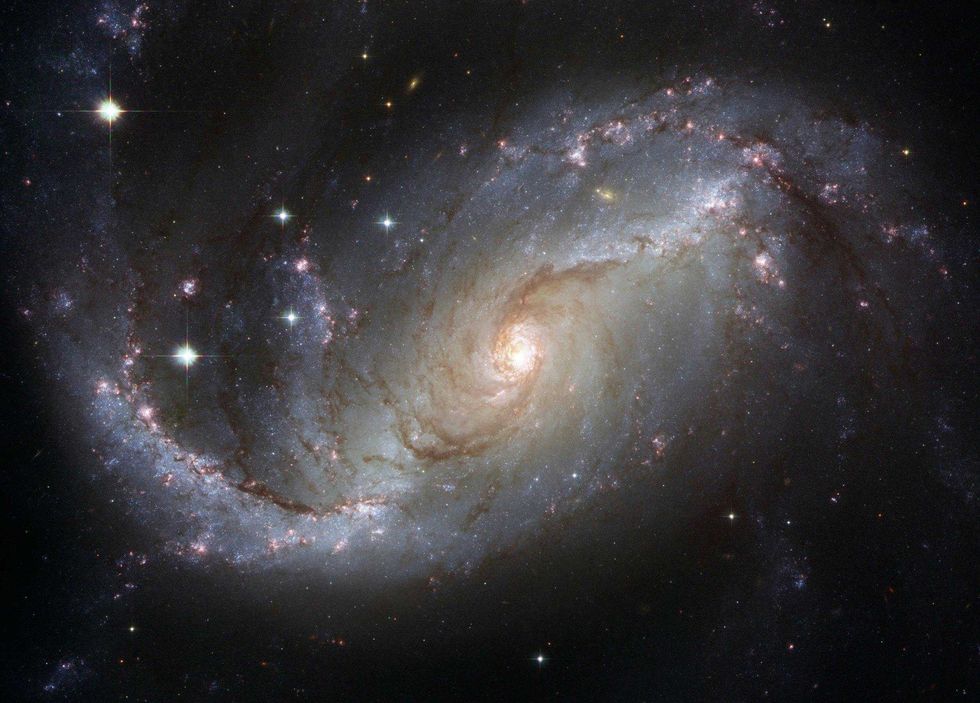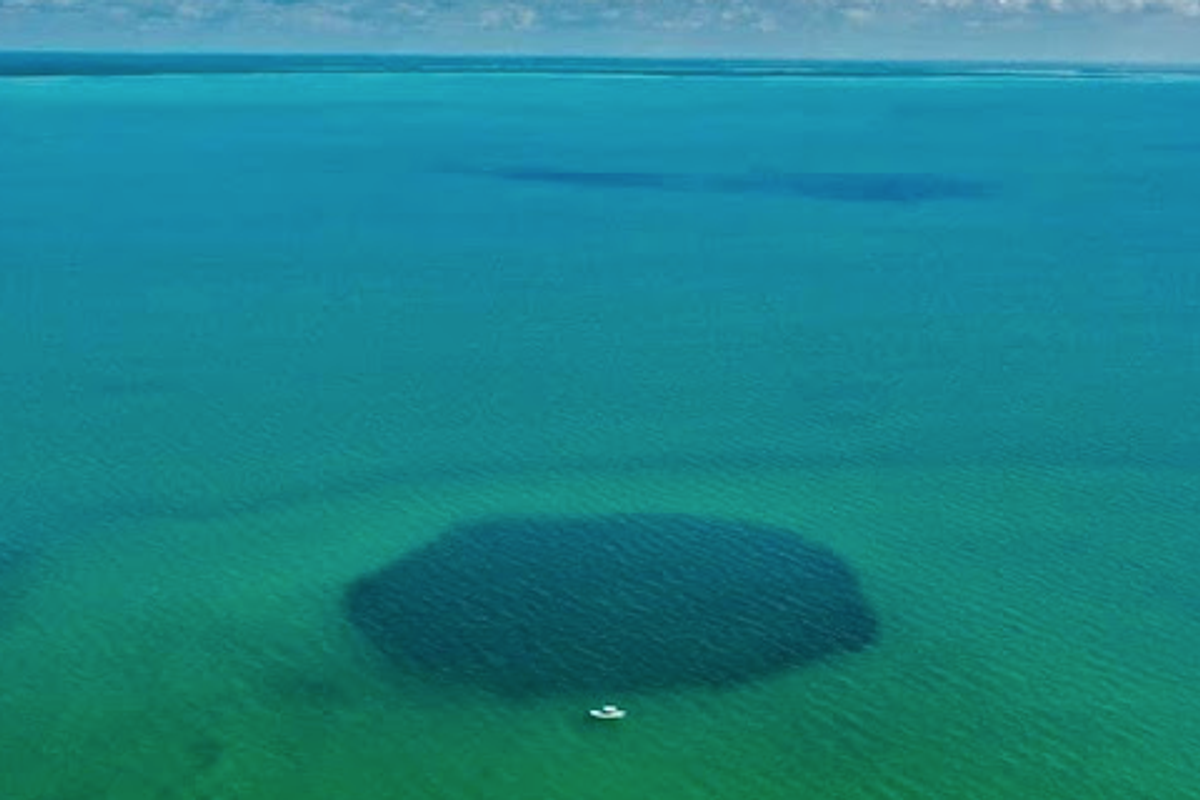Science & Tech
Catherine Shuttleworth
Sep 26, 2025

Ancient black holes that woosh past us every decade may be altering Earth's orbit
iStock
A new study has suggested some of the universe's oldest black holes pass our cosmic neighbourhood at least once every decade, moving planets in their wake. And if scientists can detect them, it would provide the first proof that these black holes exist as dark matter.
Black holes are regions of immense gravity that trap light, the strangest among them being primordial black holes (PBHs). Astronomers have hypothesised that PBHs formed when dense, hot regions of space collapsed in the second immediately followed by the Big Bang.
PBHs with masses between asteroids like Juno and Eros, are believed to be the most important by some scientists. This is because they may be primarily made of dark matter, a mysterious material that glues components of galaxies together.
However, no astronomical observations have ever definitively identified black holes of this type and mass.
If such a PBH were to encounter Earth, it wouldn't destroy the planet. Yet the new study, published in December 2023 on arXiv, suggests PBHs should subtly affect objects in the solar system.
In an email to Live Science, the authors wrote "[if] a PBH flies by a planet, it starts that planet wobbling or rocking slightly around the path it was taking before the flyby".
That means the distances of planets from the sun — or from us — will change over time. Measuring these periodic oscillations in distance could reveal a PBH's passage.

The researchers first calculated that the distance between a PBH moving past an object in the solar system could be very large whilst still altering the object's movement.
The researchers then performed simulations to calculate how the trajectories of the planets or moons would change, assuming a PBH with the mass of an asteroid came within 2 AUs (one AU is the distance from Earth to the sun). Over a period of years, the orbits of the planets and moons would wobble by around 1 or more inches or even several feet.
However, actually detecting these wobbles and confirming they are the result of PBH flybys will be extremely challenging. According to the study, the error margins of some measurements are very similar to the distances by which the planets would likely get pushed by a PBH.
So even if the paths of such objects changed, astronomers wouldn't be certain if it was because of an instrument error or an actual PBH. The researchers said more precise simulations and higher-quality observations are needed.
This article was originally published on 18 January 2024
Why not read...
Ancient black holes that woosh past us every decade may be altering Earth's orbit
Terrifying simulation shows what happens to our bodies when they fall into a black hole
Sign up to our free Indy100 weekly newsletter
Have your say in our news democracy. Click the upvote icon at the top of the page to help raise this article through the indy100 rankings.
How to join the indy100's free WhatsApp channel
Top 100
The Conversation (0)













